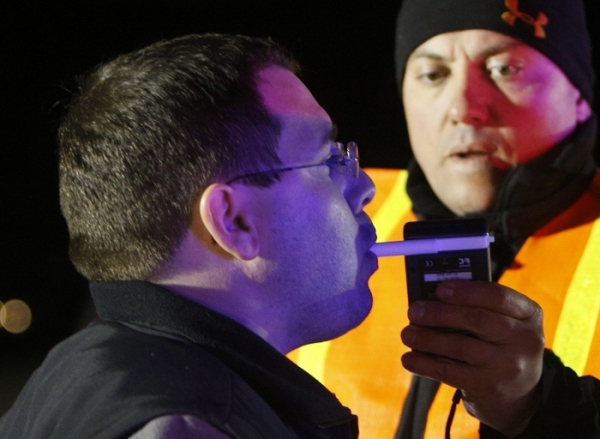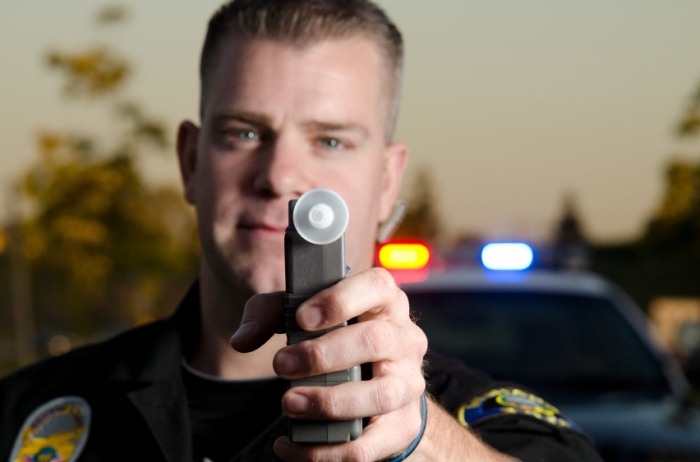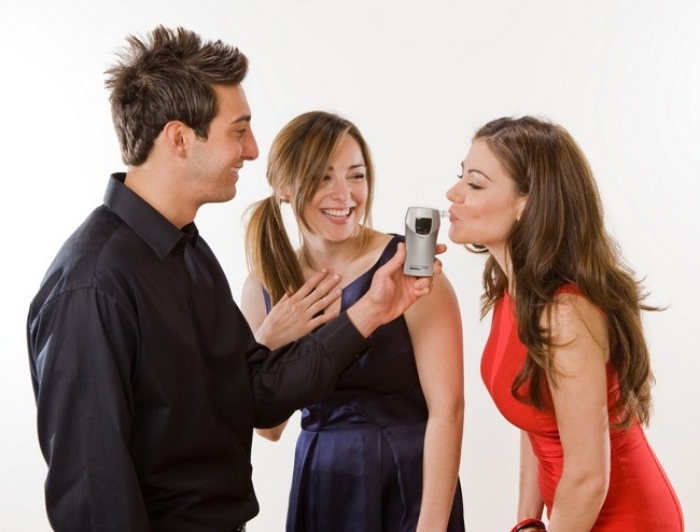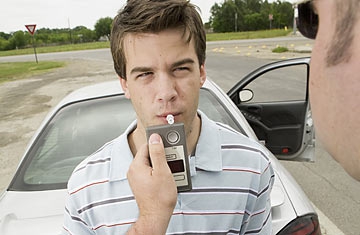The procedure for choosing a breathalyzer is determined by the correct assessment of its purpose, estimated load, frequency of use, the need to save data, the ability to print results, and, of course, financial capabilities.

Types of breathalyzers
If you understand how to choose the breathalyzer correctly, then the main indicator is the frequency of use. So, devices that can carry out up to 5 tests per day are individual, up to 50 are special, and if this indicator is above 50, then these are professional breathalyzers.
But the name "professional" does not distinguish these devices from the other two in the quality of measurement. When answering the question of how to choose a breathalyzer, reviews are also of great importance, since active users immediately provide all the information about a particular device. Let us consider more specifically the types of these devices and their distinctive features.
Individual breathalyzers are primarily intended for self-monitoring. They can also in rare cases be used to test employees. On the market you can find individual devices of various colors and shapes. They differ in the functions performed. If you cannot decide how to choose a breathalyzer for yourself, then just ask the seller this type of device - it will definitely suit you.
Special breathalyzers provide the ability to check more people per unit of time than individual ones. They, for example, are used to control a group of drivers before going on a flight.
The largest among breathalyzers is a professional group. They are installed in places of leisure and recreation, at the checkpoint. Professional breathalyzers make it possible to conduct even streaming testing, for example, mass events.

Breathalyzers additionally classify:
- by type of sensor used:
- semiconductor;
- photometric;
- electrochemical.
- by type of sampling:
- pieceless;
- mouthpiece.
- by indicating the result:
- switch;
- digital
- LED light.
Some breathalyzer models use a fraud recognition system. It determines a person’s attempt to influence the result and emits a sound or light signal.
Long-term use in any breathalyzer reduces the accuracy of measurements due to loss of sensor sensitivity. In order to avoid incorrect indicators, these devices are tested and calibrated. And although some manufacturers provide up to 5000 measurements, already after 4000 the results are issued with a large error. The calibration of the breathalyzer itself is carried out on special equipment, blowing air with a certain percentage of alcohol and the desired temperature.
We will figure out how to choose a breathalyzer and in what price category it should be.
Principle of operation
A breathalyzer is a device that determines the percentage of alcohol in exhaled air. The most important element is the sensor. As mentioned earlier, it can be of three types. Nowadays, semiconductor and electrochemical sensors are most often used. They allow you to make the most accurate measurements and can withstand long-term loads. When deciding which breathalyzer to choose, be sure to pay attention to the type of sensor.

The principle of operation of the breathalyzer is quite simple. It consists in changing the parameters of the sensor when exposed to alcohol vapor. The person tested through the mouthpiece or hole blows air into the device with a certain force and in the volume necessary for testing.Then the mixture moves through the tube into the reaction chamber, where the sensor is located.
If ethyl alcohol gets on it, the readings of electrical resistance, light absorption or reaction with a special substance change depending on its percentage in exhaled air. Next, the processor processes the indicators and displays them in a human-readable form. In some models, you can find additional functions in the form of sound and light signals.
Proper testing
Determining how to choose a breathalyzer for the home, the first thing you need to know is that for each person the indicators are purely individual. It all depends on the metabolic rate, weight and lifestyle of the subject. For example, if you take two people weighing 50 kg and 150 kg, then a dose of alcohol of 100 grams in the first will last for a long time, and in the second the breathalyzer can even show a zero value.
Never test immediately after drinking alcohol. Firstly, it has not yet entered the bloodstream, and the result will be false. Secondly, there is a high probability of “burning off” the sensor with a high concentration of alcohol, which still remains in the oral cavity.
Accuracy and Calibration
Before choosing a breathalyzer, it is worth understanding the errors. They directly depend on the type of sensor. So, semiconductors have an error of 20%, and sensory and photometric - up to 10%.

It is also worth saying that the error depends on the concentration of vapors. So, if it is small, then the exact value will be difficult to determine. In the case of a high concentration of alcohol in exhaled air - the indicator will be more accurate.
Key selection criteria
Before choosing a breathalyzer, it is necessary to determine the conditions of its work, the number of tests per unit of time and the accuracy of the readings. Let's consider them in more detail.
Types of sensors and their features
As already mentioned, there are three types of sensors:
- Semiconductor. The measurement is made due to a change in the semiconductor resistance. Its features are: short response time, ease of use, frequent calibration due to changes in the sensor properties, high error.
- Electrochemical. Here the measurement process is carried out thanks to a special reagent that can only interact with alcohol. Their features are: high accuracy indicators, low power consumption, the ability to calibrate only once a year, response only to alcohol vapor.
- Photometric. These sensors use an infrared absorption coefficient of alcohol vapor. Among the features stand out for quick availability (2-5 seconds), high accuracy due to the sensitivity of the sensor. But you can use the breathalyzer with a photometric sensor only in laboratory conditions due to the large dependence of the indicators on the ambient temperature.
Testing Methods
Understanding how to choose a breathalyzer, you must definitely mention the testing methods and their features. So, they are contact and non-contact.
Contactless testing is fairly common among home models. Also, this method is very economical and simple. But passing contactless testing significantly distorts the results, since they depend on the strength of the wind, the presence of various impurities in the air, etc.
The contact method is more accurate due to the precise expiration of exhaled air to the sensor. But droplets of saliva can also come with it, which significantly reduces the accuracy of the results.

Additional features of breathalyzers
Also, before choosing a breathalyzer or breathalyzer (another name for the device), you definitely need to know the additional capabilities of the device. So, in some models you can find the function of "anti-deception". It gives a characteristic sound signal if the subject is trying to simulate exhalation. Additionally, you can purchase a device that has a memory function.This is very important if you create a schedule or verify the data with the testimony of the traffic police.
Computer compatibility and self-calibration may also be present in breathalyzers. This makes it possible to be more confident in the accuracy of the device and save data on a computer for further printing.
Conclusion
Summing up the consideration of the question “how to choose a breathalyzer for yourself?”, We can highlight several key points.

First, be sure to decide for what purpose it will be used (for self-testing or for checking employees) and how many checks should be carried out per day.
Second, pay attention to the type of sensor and the method of outputting the results. It is recommended to choose breathalyzers with photometric and electrochemical sensors, since they have a very low error.
Third - determine the additional features of the breathalyzer. Do not forget that the cost of the device directly depends on this.